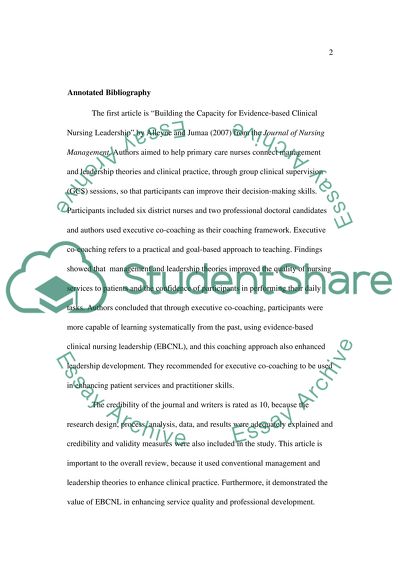Cite this document
(“Coaching and Mentoring Annotated Bibliography Example | Topics and Well Written Essays - 2750 words”, n.d.)
Retrieved de https://studentshare.org/nursing/1390721-coaching-and-mentoring
Retrieved de https://studentshare.org/nursing/1390721-coaching-and-mentoring
(Coaching and Mentoring Annotated Bibliography Example | Topics and Well Written Essays - 2750 Words)
https://studentshare.org/nursing/1390721-coaching-and-mentoring.
https://studentshare.org/nursing/1390721-coaching-and-mentoring.
“Coaching and Mentoring Annotated Bibliography Example | Topics and Well Written Essays - 2750 Words”, n.d. https://studentshare.org/nursing/1390721-coaching-and-mentoring.


